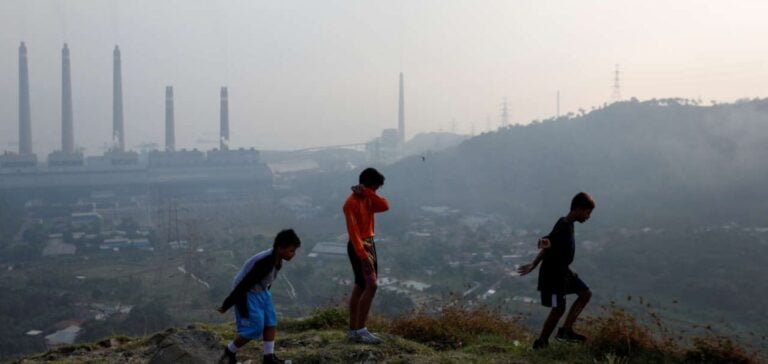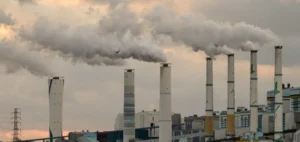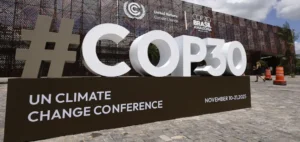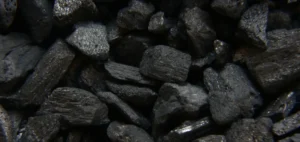Indonesia recently announced a significant increase in its coal production quota for 2024. According to the Ministry of Energy and Mineral Resources, the quota, known as RKAB, will reach 922.14 million metric tons (mt), marking an increase of almost 30% on the previous target. This increase comes despite forecasts thatdemand for seaborne thermal coal in Asia is likely to remain low or stable over the course of the year.
Market outlook and prices
The coal market faces variable demand, influenced by factors such as slower economic activity in China and increased domestic production in India. Efforts to reduce the use of coal in power generation in several Asian countries are also contributing to this situation. As a result, coal prices have remained relatively stable since the beginning of the year. The average FOB Kalimantan coal price of 4,200 kcal/kg GAR was $57.47/mt in January-February 2024, compared with $77.92/mt in the same period last year.
The challenges of increased production
Increased coal production presents several challenges for Indonesia. According to one Indonesia-based producer, the approved quota represents the maximum production if all miners operate at full capacity, but most typically reach 80% of their RKAB quota. What’s more, the country’s current infrastructure may not be sufficient to generate more than 900 million mt of coal. Imports of equipment such as excavators, mainly from China, Japan and South Korea, are necessary to increase production.
Impact on supply and demand
Coal production in excess of 900 million mt could lead to oversupply on the market, potentially influencing prices downwards. Weather conditions, notably unusually heavy rainfall in some regions, also restricted supply, keeping production tight. These factors, combined with the current market situation, suggest that achieving such a production quota could prove difficult. Mines in areas like Jambi are feeling the impact particularly keenly, currently operating at 20%-25% of their normal production capacity.
The possibility of a mid-year review of production quotas was raised, depending on demand trends. Rising demand from nickel smelters is a factor to consider, as it could influence future production decisions. By 2023, around 60 million mt have been supplied to smelters, and this figure could rise to 90-100 million mt with the commissioning of new smelters. This additional demand represents a key element in the assessment of Indonesia’s coal production quotas for the coming years.






















